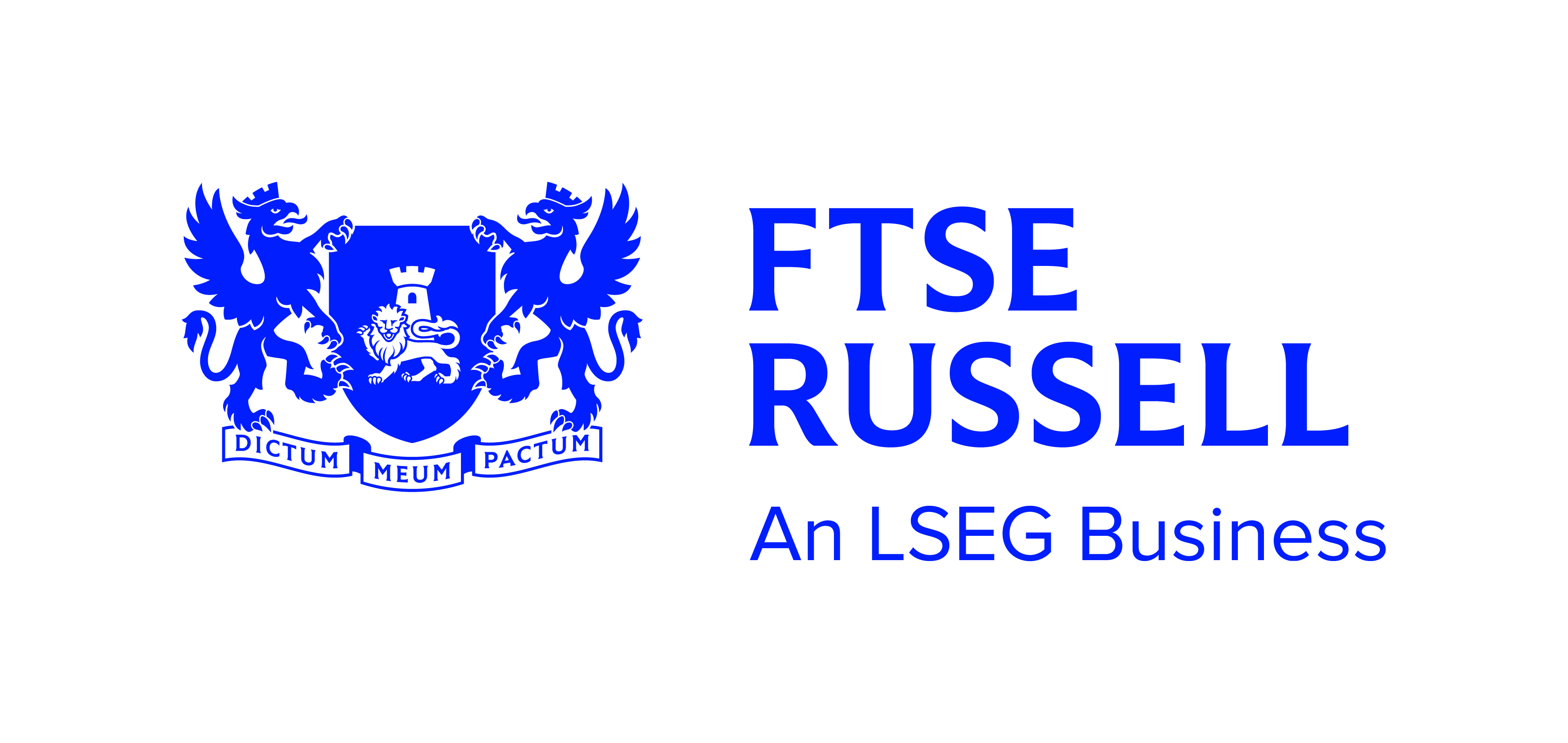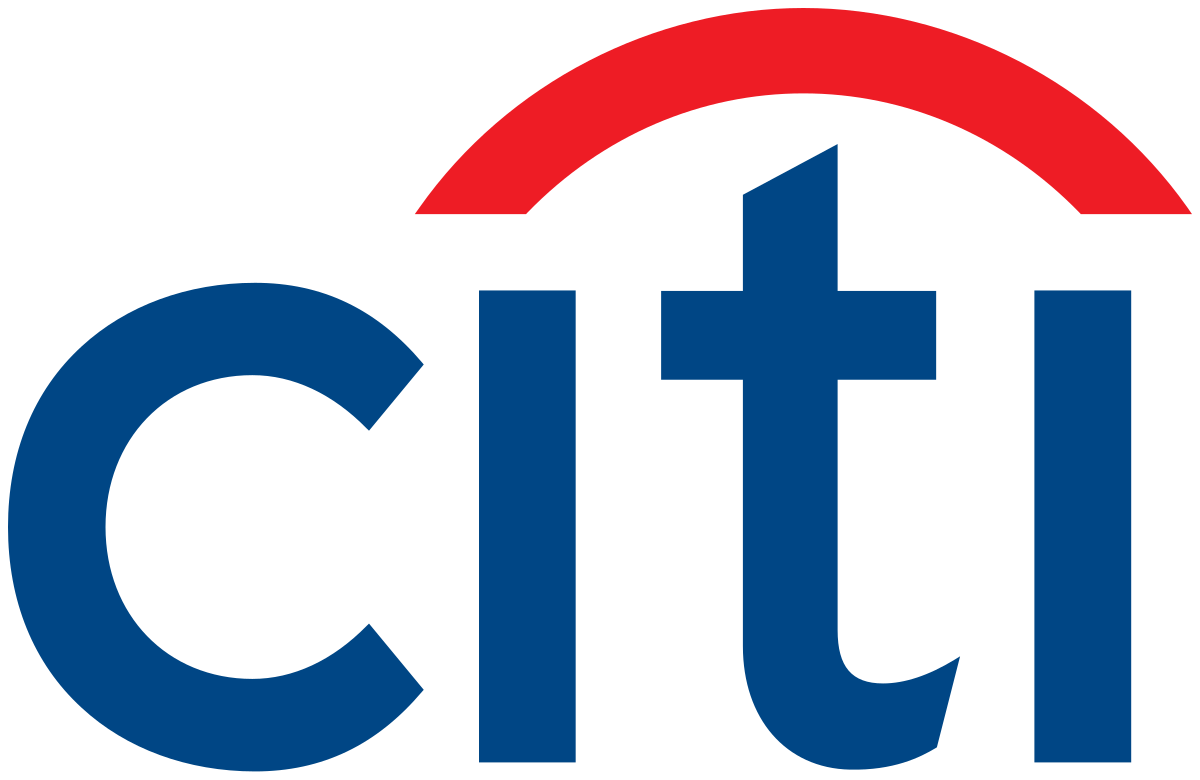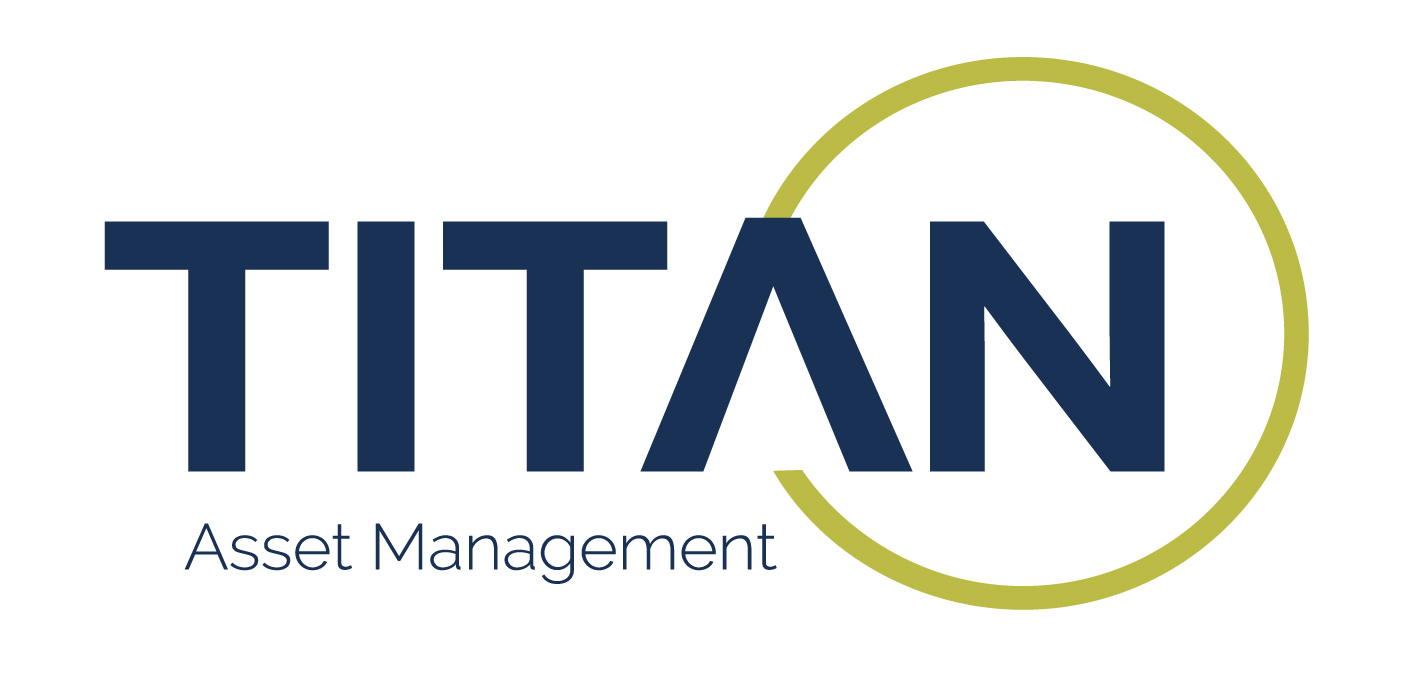After over a decade of dismal performance, many Fama-French factor ETFs are back in pole position for the second time in less than a year as market volatility shakes growth-focused large-caps.
At the end of the first week of January, large value stocks were already outperforming growth equities on a 50-day basis by the second-widest margin since the ‘dot-com’ bubble – with the greatest performance disparity coinciding with vaccine optimism at the start of 2021.
In the weeks that have followed, expectations of hawkish monetary policy, frothy valuations on tech stocks and lacklustre earnings readings have seen this rift between growth and value widen. The four Russell 1000 growth factor ETFs on the market returned a median of -10.3% so far this year, while the three Russell 100 value ETFs booked a median of -1.9%, as at 7 February. As a control, the two largest vanilla Russell 1000 ETFs both fell 6% over the same period.
Speaking after the S&P 500’s 4% premarket drop on 24 January, Athanasios Psarofagis, ETF analyst at Bloomberg Intelligence, said: “After years of lagging performance, factor-based funds are benefiting from January's market drop, with 70% outperforming the S&P 500 index, led by value and low-volatility funds.”
While the headline US benchmark had a rough month versus most comparisons, smart beta was the standout performer, ahead of the 58% of active ETFs and 32% of thematic ETFs which also beat the S&P 500 during the first three-or-so weeks of the year.
Support for value is also being reflected in allocations. The iShares Edge MSCI USA Value Factor UCITS ETF (IUVF) and iShares Edge MSCI Europe Value Factor UCITS ETF (IEFV) booked some of the top inflows in Europe in the week to 4 February, gathering $378m and $304m, respectively, according to data from Ultumus.
Looking ahead, John Leiper, CIO at Titan Asset Management, is confident diminishing COVID-19 risks and a second phase of cyclical recovery would prove supportive for companies with more modest valuations.
Speaking to ETF Stream, he said: “The increase in accompanying corporate and household demand will emerge against a backdrop of still easy, but tightening, monetary policy.
“Overall, we remain constructive on equities over bonds with a preference for cyclical and value stocks, commodities and commodity-linked equities.
“One theme that ticks all those boxes is dividend-paying European and UK equities which have lagged the broader market but offer the potential for significant catch-up gains on a total return basis.”
However, as is often the case, not everybody agrees the outlook for value factor ETFs is rosy.
While remaining “pro-value” and recognising the segment’s strong start to the year, Scott Chronert, managing director at Citi, warned value looks “less and less like a coiled spring”.
Chronert said the alignment of strong flows with price action in January indicates value upside is increasingly priced in.
He added: “Our expectation is for the “all-in-on-value” repositioning trend, and related sentiment backdrop, to decelerate as growth fundamentals are still intact, and Federal Reserve policymakers begin to soften their tones.
“For now, we still favour value, but continue to stress this as a tactical opportunity as rotation risk back toward more growth-oriented laggards, and quality, increases on the heels of this valuation reset.”
Overall, how long this current value rotation will last is not clear-cut. Citi noted category flows in January were dominated by 3x levered US large-cap exposures – and while these contrarian trades finished the month in the red, they signal the investor belief that the growth-biased large-cap category might be down but not out.
Offering an alternative to value, Bloomberg Intelligence’s Psarofagis suggested investors search for high-quality companies with strong cash flows.
Agreeing, Todd Rosenbluth, head of ETF and mutual fund research at CFRA, said: ”The quality factor should perform well given more moderate earnings growth trends and increasing volatility favouring more stable companies with strong balance sheets.”
Related articles








